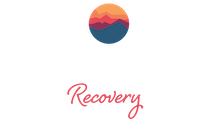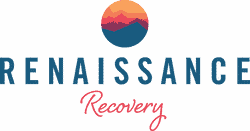Opioid Withdrawal & Detox
Symptoms & Timeline for Opioid Withdrawal & Detox
When you take opioids, you’ll experience a variety of effects, including relaxation, drowsiness, slowed breathing rate, and more.
In addition to this, many people experience a euphoric surge of pleasure from taking opioids. This high is one of the main reasons for opioids having such a high potential for abuse and addiction.
Opioids attach themselves to opioid receptors in different parts of your brain, GI tract, and spinal cord, so you’ll experience both pain relief and pleasurable feelings.
When your brain is stimulated by opioids, it releases increased levels of dopamine, leading to increased feelings of pleasure. The desire to recreate this pleasurable feeling underpins much habitual opioid use.

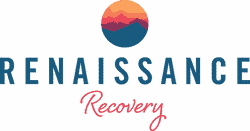
By: Renaissance Recovery
Clinically Reviewed by: Diana Vo, LMFT
Last Updated:
03/24/2024
Understanding Opioid Withdrawal
If you take opioids only and exactly as prescribed by your healthcare provider, they can offer a safe and significant approach to managing the pain associated with surgery, as well as other types of chronic physical pain.
Taking opioids long-term, though, usually leads to tolerance and dependence. When you become physically dependent on opioids, you will experience withdrawal symptoms if you suddenly moderate or discontinue use. Taking more opioids relieves withdrawal symptoms, and can easily perpetuate a cycle of abuse.

Understanding Opioid Withdrawal Symptoms
If you continue taking opioids long-term, your body will gradually become desensitized to the effects of this drug. As tolerance builds, you’ll need increasingly higher doses of opioids to achieve the same effects.
Sustained opioid abuse will trigger changes to the functioning of your brain’s nerve receptors. These receptors will become dependent on opioids, with their absence bringing about withdrawal symptoms.
The signs of opioid withdrawal are similar regardless of what type of opioid you are using. The most common of these opioid withdrawal symptoms include:
- Vomiting
- Nausea
- Diarrhea
- Increased body temperature
- Anxiety
- Insomnia
- Racing heart
- Chills
- Sweating
- Muscle pain
- Bone pain
- High blood pressure

Opioid Withdrawal Timeline
The opioid withdrawal timeline usually begins somewhere from 8 to 30 hours after the last dosage. The precise timing depends on the type of opiate abused, as well as other variable including dosage and length of use.
Once underway, withdrawal typically lasts from 4 to 10 days. This is variable, and in some cases opioid withdrawal symptoms remain for more than a month.
Here is a typical opioid withdrawal timeline:
First day after use
With short-acting opioids like heroin, codeine, and fentanyl, withdrawal starts from 8 to 24 hours after the last dose of opioids.
The most symptoms of opioid withdrawal during this period include:
- Headaches
- Anxiety
- Irritability
- Aggression
- Muscular aches
- Muscular pains
- Disrupted sleep patterns
- Loss of appetite
- Cravings for opioids

Find Opioid Detox Today
Get evidence-based treatment to overcome opioid addiction at Renaissance Recovery. Call our team now to learn more about the process and have our team help you find a opiate detox program.

Second day after use
With long-acting opioids – oxycodone extended-release tablets, for instance – withdrawal starts from 24 to 48 hours after the last dose.
The most common physical symptoms include all of those listed above in addition to:
- Panic attacks
- Runny nose
- Excessive sweating
- Insomnia
- Stomach problems
Third day after use
For short-acting opioids, withdrawal peaks during the third day after last use.
The most common withdrawal symptoms in this phase include:
- Vomiting and diarrhea
- Muscle aches
- Nausea
You can also expect to encounter any or all of the symptoms from the first two days listed above.

Fourth day after use
You’ll find the withdrawal symptoms for long-acting opioids peak during the fourth day of detox.
As well as all of the symptoms listed above, you can also expect the following side effects :
- Cramping
- Enlarged pupils
- Fatigue
- Shivering
- Gastrointestinal discomfort
Seventh day after use
Withdrawal symptoms start to subside, with insomnia, depression, and fatigue the last lingering after effects.
PAWS (post-acute withdrawal symptoms) can last for months after last opioid use, with common symptoms including:
- Depressed or irritable mood
- Fatigue
- Sleep disturbances
- Opioid cravings
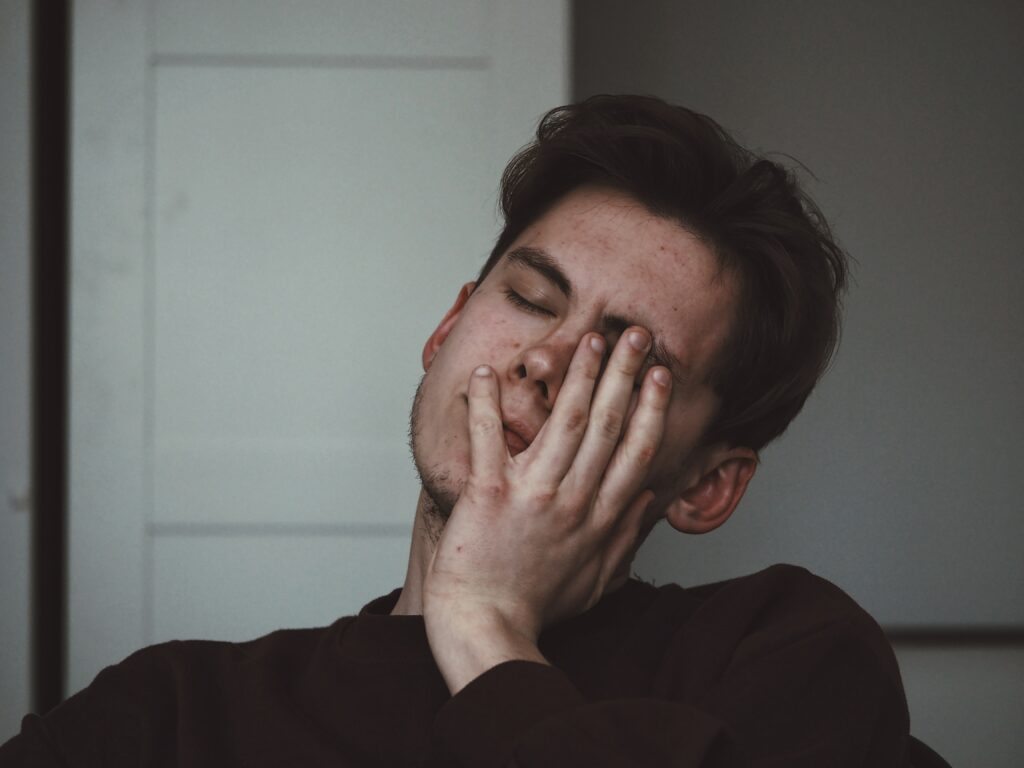
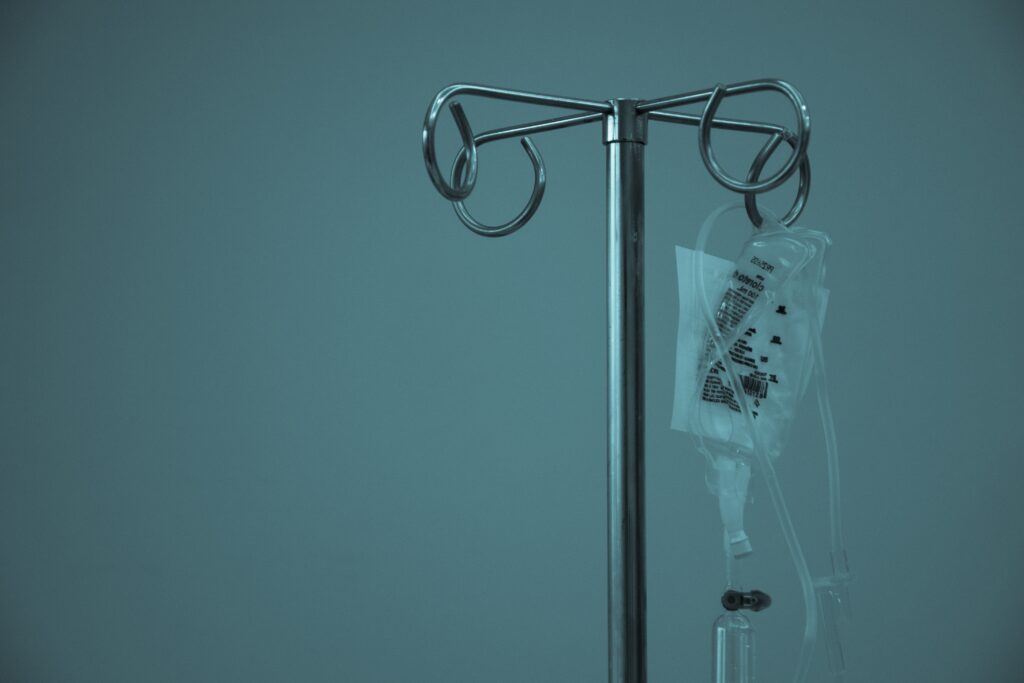
Opiate Withdrawal Treatment
While opioid withdrawal is uncomfortable, there are many ways you can make detox easier on yourself.
With medically-supervised detox, you’ll have around-the-clock support on hand with FDA-approved medications available to soothe the intensity of withdrawal symptoms. This form of structured detox can also speed up the process.
Detox is not a cure for opioid addiction, though, and it should be followed up by ongoing medication-assisted treatment (MAT).
Some of the medications used to streamline opioid withdrawal include:
- Antidepressants
- Benzodiazepines
- Opioid agonists
- Partial opioid agonists
- Opioid antagonists
- Non-opioid agonists
- Tapering medications

Medication-Assisted Treatment for Opioid Withdrawal
Medications can alleviate the intensity of opioid withdrawal symptoms, while at the same time minimizing cravings for opioids. This strengthens your chance of avoiding relapse.
Buprenorphine and methadone are both proven effective for reducing opioid withdrawal symptoms.
Medications can also be effective beyond detox. Both buprenorphine and methadone can stabilize brain activity and continue reducing cravings for opioids throughout the early stages of recovery.
These medications are most effective when delivered in combination with psychological interventions like counseling and CBT sessions.
Beyond this, other medications can be used to relieve the following:
- Anxiety
- Nausea
- Vomiting
- Diarrhea
- Abdominal cramps

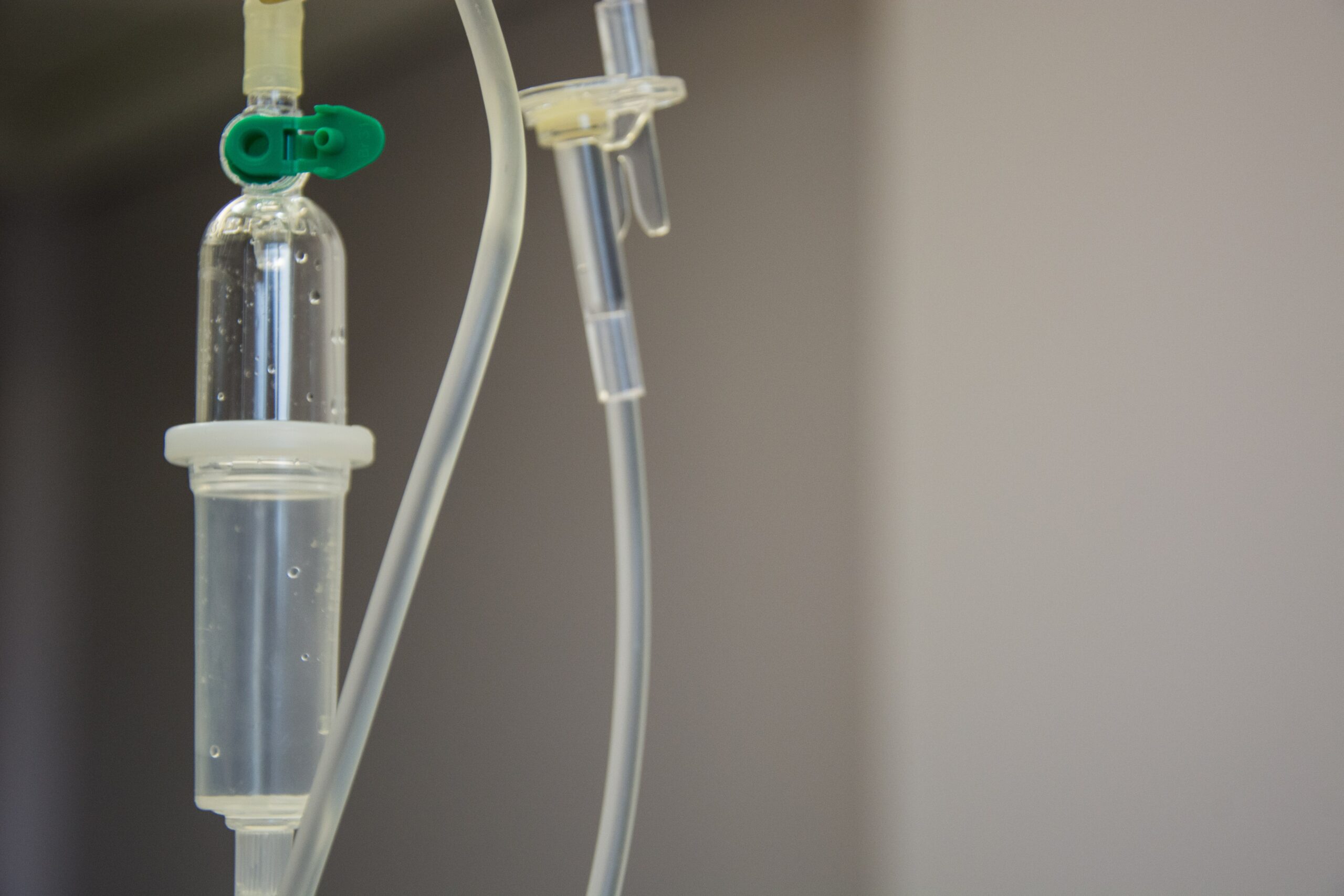
Opioid Detox
If you or a loved one are looking for opioid addiction treatment, it is critical to start with an opiate detox program. During time in a detox, clients will be medically monitored as they go through the uncomfortable, and sometimes life-threatening, symptoms of withdrawal and early sobriety.
At an opioid detox center, medical professionals will monitor you or your loved one 24/7 while they go through the first few days of withdrawal. The length of detox will be different for everyone but typically lasts around 7-10 days.
During this time, client will begin to learn more about their addiction and set themselves up for success following detox. After detox, clients can stepdown into lower levels of care including inpatient rehab, intensive outpatient programs, partial hospitalization, and more. Their time in detox will have allowed them to get through the uncomfortable stages of early sobriety so now they can focus their attention on the one thing that matters: long-term sobriety.
Opioid Withdrawal Treatment at Renaissance Recovery
If you’re ready to reclaim the life you lost to opioid addiction, we can help you here at Renaissance Recovery.
Our personalized outpatient opiate addiction treatment programs will help you create a foundation for sustained recovery. We can help you through the challenges of opioid withdrawal, using medication if appropriate.
While Renaissance Recovery’s rehab centers don’t include detox or residential programming, we have connections in the area to ensure that you can get the help you need for any situation
Following a medical detox, our evidence-based treatment programs include MAT using FDA-approved medications alongside psychotherapy like CBT or DBT. You’ll also have access to a range of holistic therapies as well as individual and group counseling.
If you’re ready to stop using opioids safely and you’re eager to commit to recovery, reach out to Renaissance today at 866.330.9449.
